CNC Machining Tools Revolutionize Mold Making Industry

In recent years, the mold making industry has undergone a significant transformation with the introduction of advanced CNC machining tools. These cutting-edge tools have revolutionized the way molds are designed and produced, offering unprecedented precision, efficiency, and versatility. CNC (Computer Numerical Control) machining tools have become the go-to solution for mold making due to their ability to create complex and intricate designs with remarkable accuracy. Unlike traditional methods that relied on manual labor and conventional machinery, CNC machining tools are driven by computer programs, allowing for precise control over every aspect of the manufacturing process.
One of the key advantages of CNC machining tools for mold making is their ability to work with a wide range of materials, including metals, plastics, and composites. This versatility enables manufacturers to produce molds for various applications, from automotive components to consumer electronics, with exceptional quality and consistency. Furthermore, CNC machining tools have significantly reduced the lead time required for mold production. The automation and precision offered by these tools have streamlined the manufacturing process, allowing for faster turnaround times without compromising on the quality of the molds. This has had a profound impact on the overall efficiency of mold making operations, enabling manufacturers to meet tight deadlines and respond swiftly to market demands.


The precision and repeatability of CNC machining tools have also contributed to the improvement of mold quality. With the ability to create intricate details and complex geometries, these tools have elevated the standard of molds, resulting in higher performance and durability of the final products. This has been particularly beneficial for industries such as aerospace and medical, where precision and reliability are paramount. Moreover, CNC machining tools have empowered mold designers to explore innovative and unconventional designs that were previously unattainable with traditional methods. The flexibility and freedom offered by these tools have opened up new possibilities for mold customization, enabling manufacturers to cater to the specific requirements of their clients with unparalleled precision and creativity.
In addition to their impact on mold design and production, CNC machining tools have also contributed to the sustainability of the manufacturing process. By minimizing material waste and optimizing the use of resources, these tools have helped reduce the environmental footprint of mold making operations, aligning with the growing emphasis on sustainable practices in the industry. Looking ahead, the adoption of CNC machining tools is expected to continue shaping the future of mold making, driving further advancements in precision, efficiency, and innovation. As technology continues to evolve, manufacturers are likely to leverage the capabilities of these tools to push the boundaries of mold design and production, unlocking new opportunities for growth and differentiation in the market.

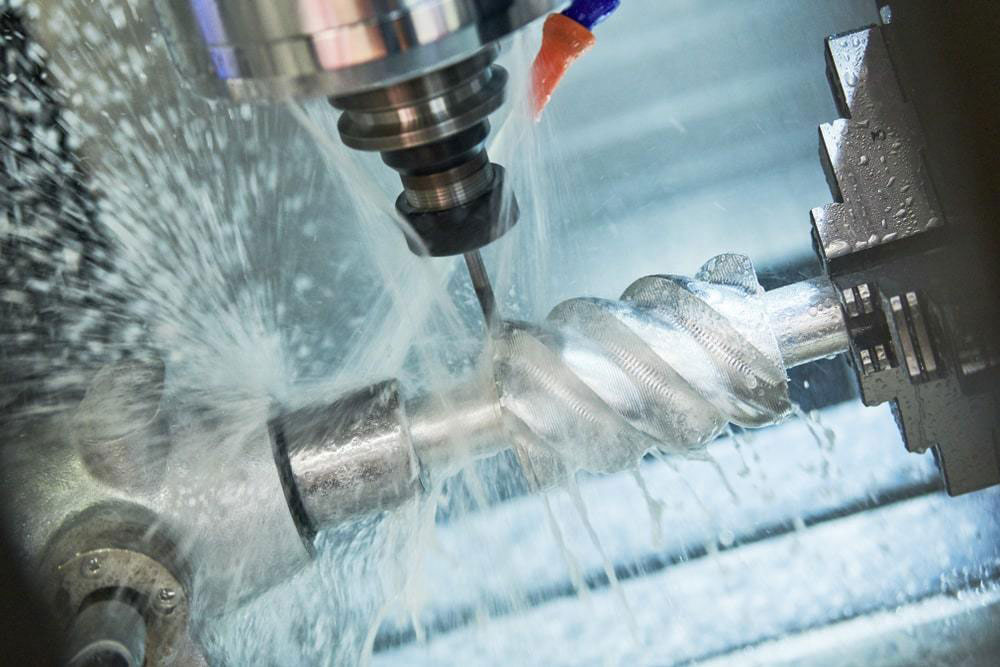
In conclusion, the integration of CNC machining tools has brought about a paradigm shift in the mold making industry, empowering manufacturers to achieve unprecedented levels of precision, efficiency, and creativity. With their ability to produce high-quality molds in a fraction of the time compared to traditional methods, these tools have become indispensable assets for mold makers, paving the way for a new era of innovation and excellence in the field.



Send your message to us:
-
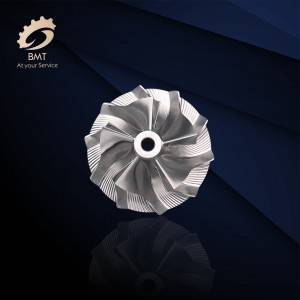
Axis High Precision CNC Machining Parts
-

Titanium and Titanium Alloy Fittings
-

Titanium and Titanium Alloy Forgings
-

Titanium and Titanium Alloy Wires
-

Titanium Bars
-
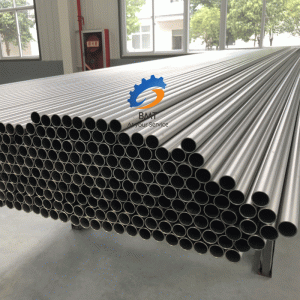
Titanium Seamless Pipes/Tubes
-

Titanium Welded Pipes/Tubes
-

Aluminum CNC Machining Parts
-
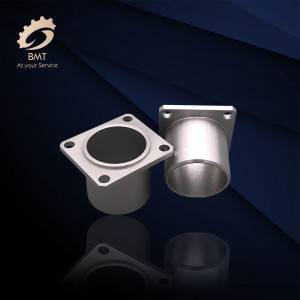
Auto Parts Machining
-

CNC Auto Parts Machined Parts
-

CNC Machined Components
-
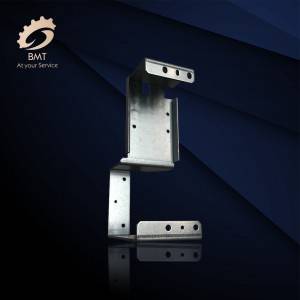
Aluminum Sheet Metal Fabrication
-

Automotive Industry
-
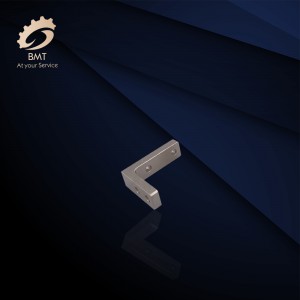
Centerless Grinding
-

CNC Machining Advantages
-

CNC Machining Aluminum Parts








